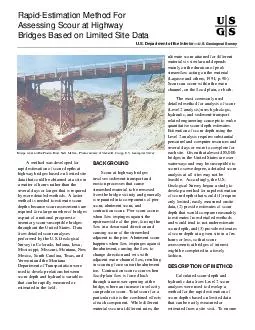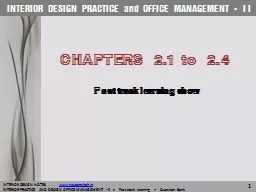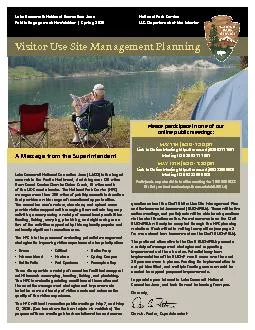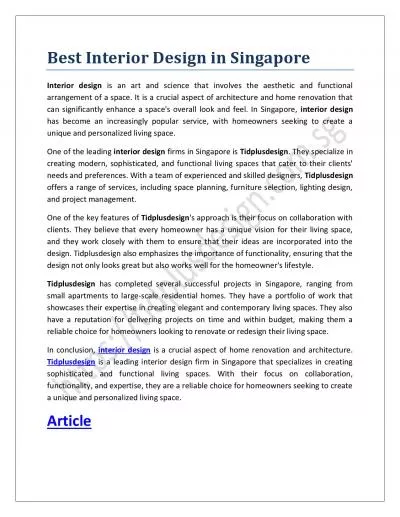PDF-U.S. Department of the Interior
Author : lindy-dunigan | Published Date : 2017-11-27
RapidEstimation Method For Assessing Scour at Highway Bridges Based on Limited Site Data Bridge scour on Rio Puerco River New Mexico Photo courtesy of Steven D Craigg
Presentation Embed Code
Download Presentation
Download Presentation The PPT/PDF document "U.S. Department of the Interior" is the property of its rightful owner. Permission is granted to download and print the materials on this website for personal, non-commercial use only, and to display it on your personal computer provided you do not modify the materials and that you retain all copyright notices contained in the materials. By downloading content from our website, you accept the terms of this agreement.
U.S. Department of the Interior: Transcript
Download Rules Of Document
"U.S. Department of the Interior"The content belongs to its owner. You may download and print it for personal use, without modification, and keep all copyright notices. By downloading, you agree to these terms.
Related Documents














